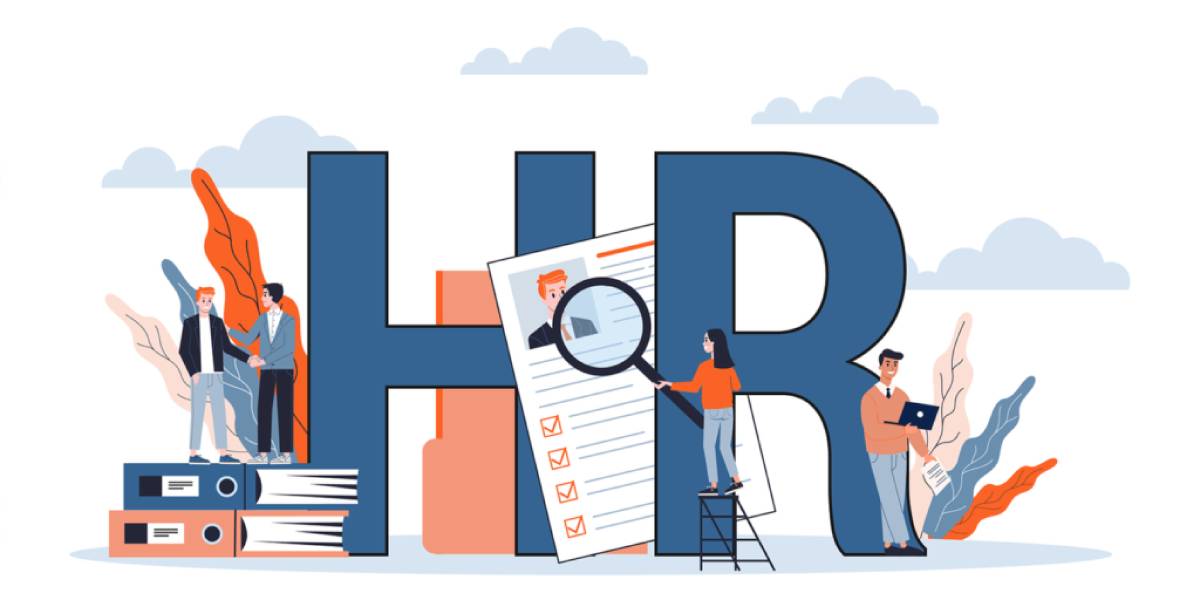Performance evaluation, often called employee evaluation, performance appraisal, or performance review, is the process by which an employer evaluates the performance of their employees as well as their skills, competencies, and contributions. Usually, it is about the process of comparing employees’ job performance with already set standards, goals, and expectations.
The Process of Employee Evaluation
Preparation
- Define Evaluation Criteria: Decide the KPIs, goals, skill set, and behavioural traits that will be used to assess employee performance. The standard of these criteria should be consistent with the job function, departmental targets, and company objectives.
- Communicate Expectations: Communicate performance expectations to employees, including goals, standards, and any specific areas of focus.
Ongoing Feedback
- Provide Regular Feedback: Throughout the evaluation period, managers should provide employees with ongoing feedback on their performance, highlighting strengths and areas for improvement.
- Document Performance: Keep records of employee performance, including notable achievements, challenges faced, and feedback received, to inform the evaluation process.
Evaluation Meeting Preparation
- Schedule Evaluation Meeting: Arrange a time for the formal evaluation meeting between the manager and employee.
- Gather Feedback: If applicable, gather feedback from colleagues, peers, or other stakeholders who have worked closely with the employee.
Evaluation Meeting
- Review Performance: During the evaluation meeting, the manager and employee review the employee’s performance against the predetermined criteria and goals.
- Discuss Feedback: Discuss strengths, areas for improvement, and any feedback received from others.
- Address Concerns: Address any concerns or challenges the employee may have encountered during the evaluation period.
- Set Development Goals: Collaboratively set development goals and action plans to support the employee’s ongoing growth and improvement.
Performance Rating
- Assign Ratings: If applicable, the manager assigns ratings or scores to the employee’s performance based on the predetermined evaluation criteria.
- Provide Justification: Provide rationale and examples to support the assigned ratings, ensuring fairness and transparency in the evaluation process.
Follow-up and Development Planning
- Create Development Plan: As a result of the discussion during the evaluation meeting, elaborate a formal development plan that provides specific measures, time frames, and resources required for the development of the employee.
- Schedule Follow-Up: Arrange follow-up meetings to track progress on development goals, provide ongoing support and feedback, and address any new challenges or opportunities.
Documentation and Record Keeping
- Document Evaluation Results: Verify that all evaluation-related outcomes, including ratings, feedback, and development plans, are properly documented in the personnel file or HR system.
- Maintain Confidentiality: Ensure the evaluation records are handled with a high degree of confidentiality and professionalism, by data protection and privacy rules.
Performance Review Cycle
- Repeat Process: Employee appraisal is an ongoing process that is generally done on a predefined basis (e.g., annually, biannually, or quarterly) to monitor performance, provide feedback, and guide employees’ development over time.
Benefits of the Employee Evaluation
- Feedback on the performance of an employee is part of the evaluation process and helps them understand what they are doing right as well as the areas in which they need to improve.
- Evaluations provide a framework for a manager and an employee to have a clear understanding of what is expected and set the direction of employee efforts by organizational goals.
- On top of that, they celebrate and appreciate the workers’ accomplishments and efforts, which in turn, improve the employees’ morale and motivation.
- Evaluations pinpoint development goals and areas that need improvement, helping employees acquire new skills and advance their careers.
- To be specific, it will help foster open communication among employees and managers, hence creating a work environment that is both supportive and collaborative.
- Performance evaluation is a critical factor in determining promotions, bonuses, and other rewards such that it is fair.
- It is a tool for performance management and therefore it can be used to correct problems, and strategies for improvement are also put in place.
People Also Look For
Invest in Employees and Boost their Performance Efficiently
Easy Employee Performance Tracking Methods and Software
What is the Importance of Performance Monitoring Best Tools
Employee Appreciation Email for their Good Performance
FAQs
Effective performance evaluations include clear criteria, ongoing feedback, documentation of performance, a formal review meeting, performance rating, and development planning.
Typically, performance evaluations are conducted annually, but they can also be done biannually or quarterly, depending on the organization’s needs.
Usually, the immediate manager conducts the evaluation, but it may also involve feedback from peers, subordinates, or other stakeholders with whom the employee interacts.
Regular feedback ensures that employees are aware of their performance throughout the evaluation period and can make timely improvements.
